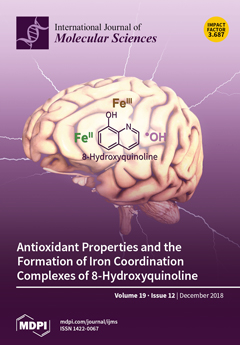Little is known about the predictive value of glycosylated hemoglobin (HbA
1C) variability in patients with advanced chronic kidney disease (CKD). The aim of this study was to investigate whether HbA
1C variability is associated with progression to end-stage renal disease in
[...] Read more.
Little is known about the predictive value of glycosylated hemoglobin (HbA
1C) variability in patients with advanced chronic kidney disease (CKD). The aim of this study was to investigate whether HbA
1C variability is associated with progression to end-stage renal disease in diabetic patients with stages 3–5 CKD, and whether different stages of CKD affect these associations. Three hundred and eighty-eight patients with diabetes and stages 3–5 CKD were enrolled in this longitudinal study. Intra-individual HbA
1C variability was defined as the standard deviation (SD) of HbA
1C, and the renal endpoint was defined as commencing dialysis. The results indicated that, during a median follow-up period of 3.5 years, 108 patients started dialysis. Adjusted Cox analysis showed an association between the highest tertile of HbA
1C SD (tertile 3 vs. tertile 1) and a lower risk of the renal endpoint (hazard ratio = 0.175; 95% confidence interval = 0.059–0.518;
p = 0.002) in the patients with an HbA
1C level ≥ 7% and stages 3–4 CKD, but not in stage 5 CKD. Further subgroup analysis showed that the highest two tertiles of HbA
1C SD were associated with a lower risk of the renal endpoint in the group with a decreasing trend of HbA
1C. Our results demonstrated that greater HbA
1C variability and a decreasing trend of HbA
1C, which may be related to intensive diabetes control, was associated with a lower risk of progression to dialysis in the patients with stages 3–4 CKD and poor glycemic control (HbA1c ≥ 7%).
Full article






